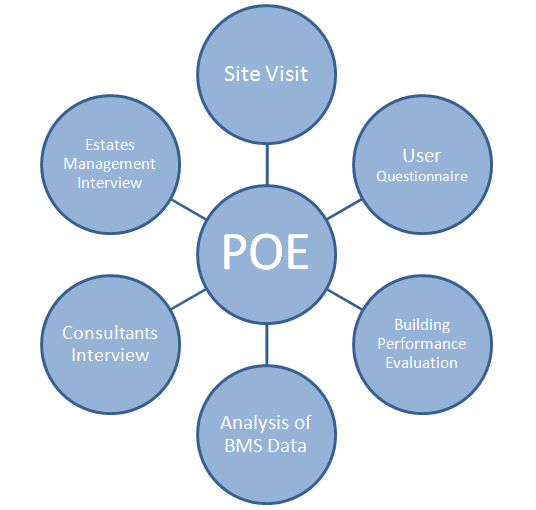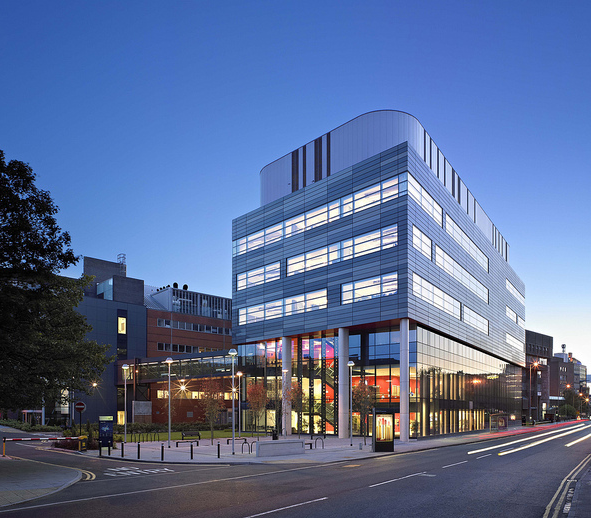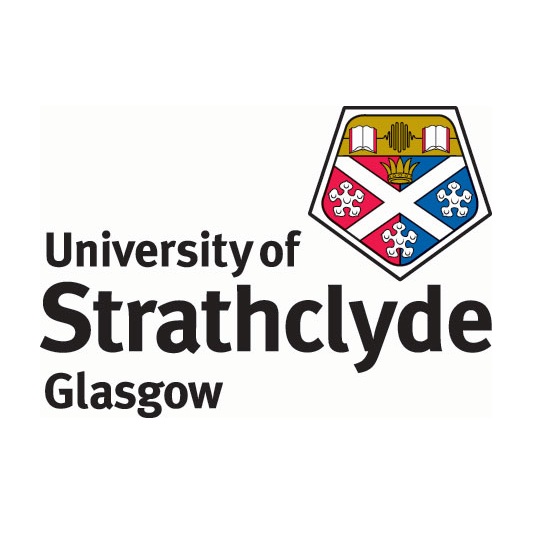SIPBS Case Study
SIPBS building was selected as the case study as it was newly built, fully mechanically ventilated and was built for a specific purpose with limited flexability in terms of space re-utilisation. As SIPBS is part of a campus of buildings managed by estates services it was easily accessable for the team and co-operation with the buildings clients and users was assured. The SIPBS building conforms to The University of Strathclyde's Sustainability Matrix and has a BREEAM rating of Very Good and an EPC of B.
The topic areas covered by the team in as past of the POE of the SIPBS Case study building are shown below.

Findings from SIPBS Case Study POE
Positive Findings
The following POE findings were considered to be positive by the group:
- • Design brief were met – Building delivered as intended in design
- • Building user groups have been involved in design stage
- • Estates Services were Involved in design stages
Challenging Findings
The following POE findings were considered to be challenging by the group:
- • Client did not fully understand the Building Services at the end of commissioning
- • POE findings show performance below design
- • Estates Services were Involved in design stages
- • System scheduling & control strategy, and operation waste energy
- • Not enough time was spent at the design stage for design iteration & for the client to understand designed systems
- • The use of the building is out with design intention
- • Building gas consumption is almost 14 times that of CIBSE recommendations
- • Building delivery process in line with industry practice but requires improvement
Conclusions and Recommendations
The following lessons have been learned from the POE:
- • BMS data is vital and should be regularly archived and analysed in real time and historically using dynamic simulation
- • Clients should employ a dedicated energy consultant/engineer and energy modeller to represent clients best interests during all stages of build delivery
- • Ability to schedule HVAC in line with academic activities, such as grouping labs which conduct round the clock experiments so that other labs or areas can be shut down when required
- • Building delivery process in line with industry practice but requires improvement, hence we are recommending "B.E2"



